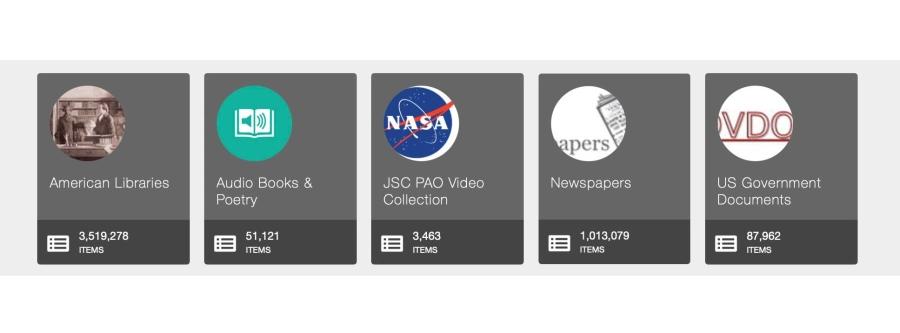
The Internet Archive says its mission is to provide universal access to all knowledge, and based on the millions of records it maintains, it is well on its way to accomplishing that goal. The site is an encyclopedic clearinghouse of all things that can be digitized, including books and textbooks, video clips, audio files, images and newspapers. It’s a nonprofit, free from advertising, with free downloads and free for everyone to use.
All of this makes the Internet Archive an excellent source for classroom materials. For instance, if your students are studying Thomas Edison, there’s a wide range of multimedia resources about him, such as biographies at various reading levels, his original movies and audio recordings, educational documentaries about his work, archival news footage and even student science experiments recreating his inventions.
Like the internet itself, the amount of items in this archive can be overwhelming. The best way to find something is to search by topic. Filters will appear to help you narrow your search by media type or subtopic. Most items are in the public domain and copyright-free, but it’s wise to double-check the terms stated before you download something.
One word of caution: In keeping with its democratic mission, all kinds of information can be found in the Internet Archive, including questionable material housed alongside the gems. To avoid problems, you should download resources you have vetted ahead of time before sharing with your students rather than allowing them to browse the site freely in your classroom.
Some highlights of the archive’s collections ideal for classroom use:
The Open Library: A digital lending library of more than 2 million ebooks that can be read in a browser or downloaded for reading offline.
The Wayback Machine: This collection has archived websites as far back as 1996 — you can see what Google looked like in 1998, for example.
Books for People with Print Disabilities: Read-aloud books and zoomable texts for students with difficulty reading printed text.
FedFlix: Movies produced by the U.S. government, such as military training films, historic newsreels and national parks footage.
Audio Poetry: Poems by well-known poets read aloud.
American Libraries: Material contributed from institutions such as the Library of Congress and city and local public libraries.
TV News Archive: Short news clips, quotes and full television news programs.
Education Resources Information Center Archive (ERIC): This collection houses educational materials, research and lesson plans.
NASA Images: Photos of the solar system, images of earth from space, the space station, the Hubble telescope and more.
U.S. Government Documents: A fascinating combination of items including FBI files, House and Senate transcripts, patents and trademarks, geological surveys and government audits.
Recorded music: Compositions created before 1923 will be in the public domain this year, which means jazz, ragtime and blues songs can be found in this collection.
You can use these materials in countless ways: to show news footage or newspaper coverage of a historic event; listen to poems read by their authors; provide copyright-free images, music, audio or video for student projects; download digital copies of a book to access anywhere; read primary source documents; listen to music or video from a historical period; and much more.
To learn what else you can find on the Internet Archive, check out its current projects and its running list of “cool items” featured on its blog.
Sandy Scragg is an instructional technology specialist with more than 15 years of experience in New York City public schools.